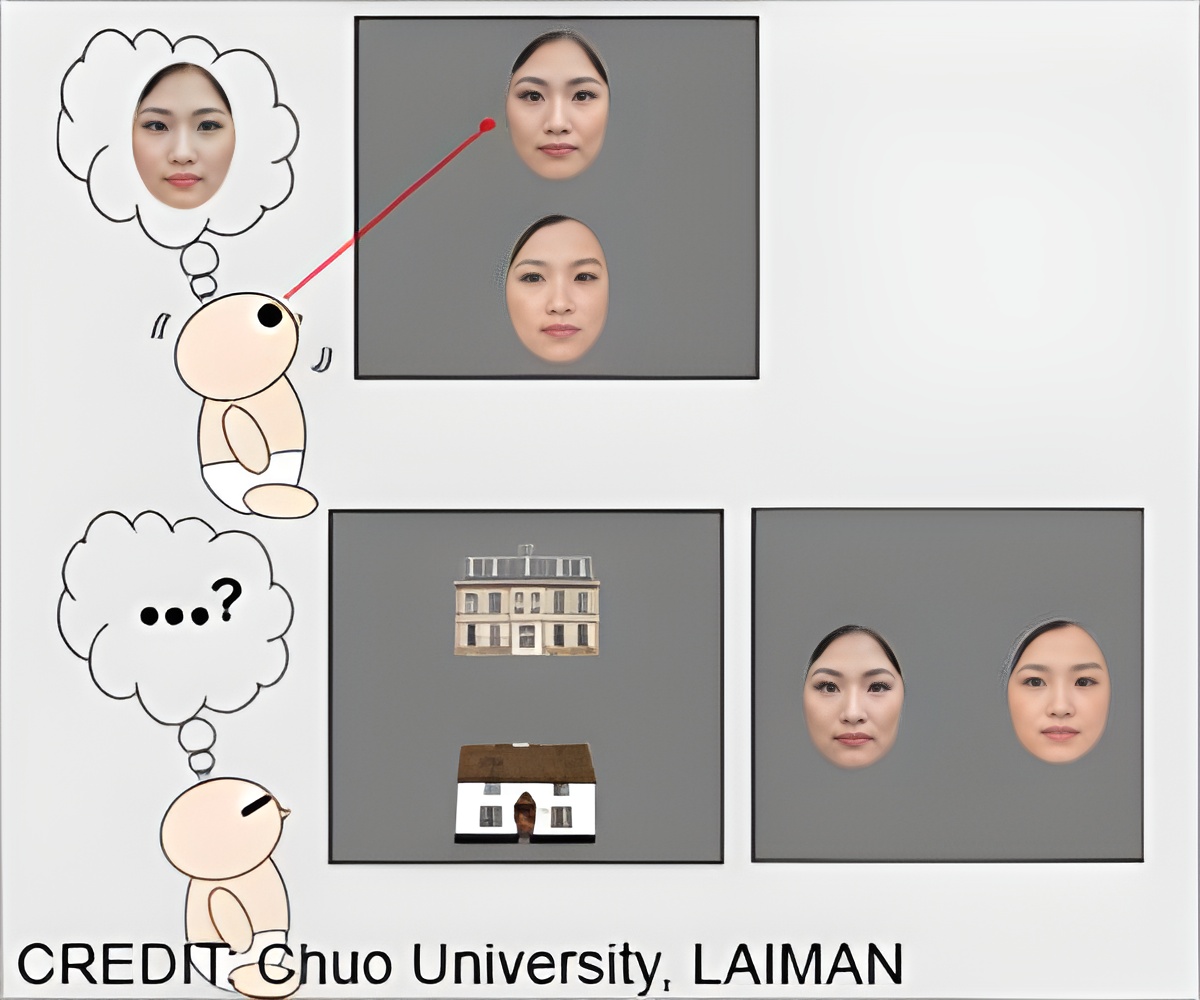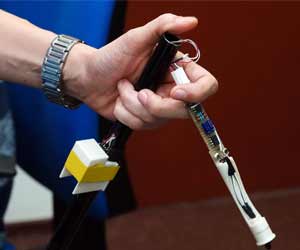Infants recognize the upper visual field because of the experience in their daily life and therefore the bias toward faces.

‘Infants recognize the upper visual field because of the experience in their daily life and therefore the bias toward faces.’





The underlying mechanisms of this visual field bias are subject to much debate, but a recent infant study suggests that the visual experience in daily life contribute to the emergence of upper visual field bias for faces.In this study from Chuo University, Japan Women’s University, and Hokkaido University, infants aged 5 to 8 months were presented with two face images vertically or horizontally.
Researchers tested which face they first looked at, and found that infants aged over 7 months first looked at the top face more frequently while infants aged under 6 months equally looked at both faces. There was no difference in horizontal meridian regardless of ages.
This result suggests that the upper visual field bias for faces emerges around 7 months. This bias is specific to faces: the infants were also presented with images of houses, but no bias was observed. This indicates that is the face is important to factor inducing the visual field bias. Furthermore, infants aged over 7 months preferentially memorized the top face even when they spent an equal amount of time viewing two face images.
These results suggest that there is a developmental change in the upper visual field bias for faces between the ages of 6 and 7 months, implying that experience with faces in daily life is related to the emergence of upper visual field bias for faces.
Advertisement
“Interestingly, we also found that infants prioritize to remember the top face,” said Jun Kawahara from Hokkaido University. “This bias could be a basis for our indispensable drive to find people to communicate and interact with others.”
Advertisement
Source-Eurekalert









